It’s important to inspect your deck boards. Not only do they form the surface upon which your guests will walk, they are also out in the open, vulnerable to all weather effects. Although deck boards themselves don’t cause a deck to collapse, they can create tripping hazards or weak places where someone could fall through.
The main culprit of deck board failure is typically the installation process. Following the manufacturer’s instructions will prevent most problems.
Deck boards must be inspected for three main issues: rot, protruding fasteners, and warping.
Rot
Rot often happens when deck boards lack proper moisture drainage. Proper drainage means having adequate gap spacing between boards and a slight pitch away from the house. Even if proper drainage is ensured, rot can still happen if you allow debris to build up on your deck. When leaves and dirt aren’t cleared away (including between the gaps), it can lead to water retention—the perfect condition for rot to occur.
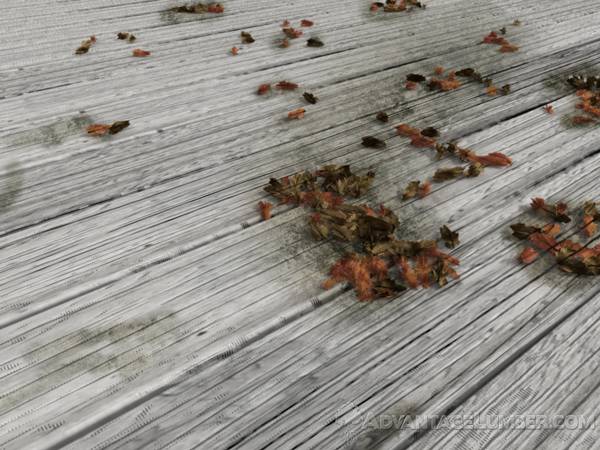
To inspect for rot, use a screw driver or other narrow object to poke around each deck board, feeling for soft spots. Pay particular attention to areas where the boards meet other parts of your deck, such as the ledger board or railings, since these areas can easily trap debris and moisture.
Protruding Fasteners
Protruding fasteners are the most common cause of injuries such as cuts and falls. Fasteners include nails, screws, or bolts, and with the constant expansion and contraction of boards, they can work themselves loose over time. All it takes is one popped-up nail to cause an accident.
Look over your entire deck and assess the situation of your fasteners. If a few nails or screws have popped up, but they still have a good grip on the boards, hammering or drilling them back into place will work. Otherwise, if they can easily slip out, drive a new fastener into a different place on the board.
Warping
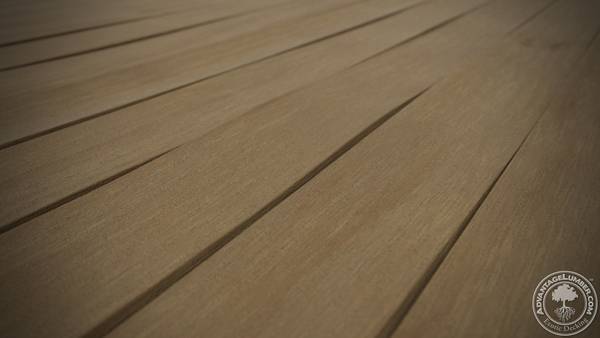
Warping is any cupping, twisting, or other deformation of your deck boards. Just like with rot, warped boards are often the result of an improper installation that restricts airflow. You can check for warped boards visually. If you see a board that appears malformed, the solution is to replace it with a new board.
Inspecting your deck can seem tedious and overwhelming, but taking a few weekends to ensure your deck is safe is beneficial for you, your family, and your friends.
If you want more deck safety tips, follow these links:
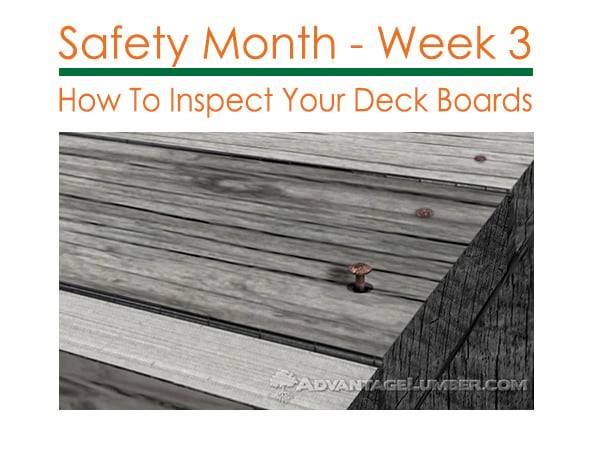

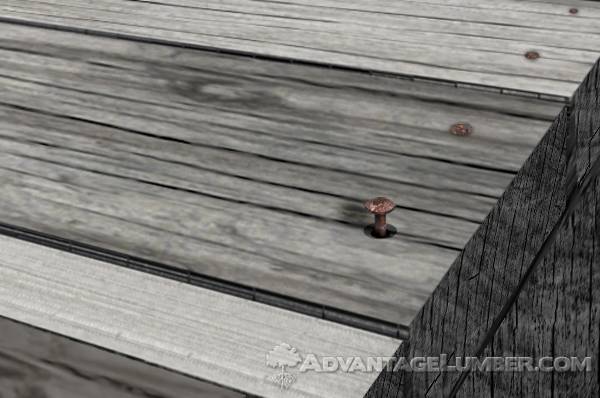
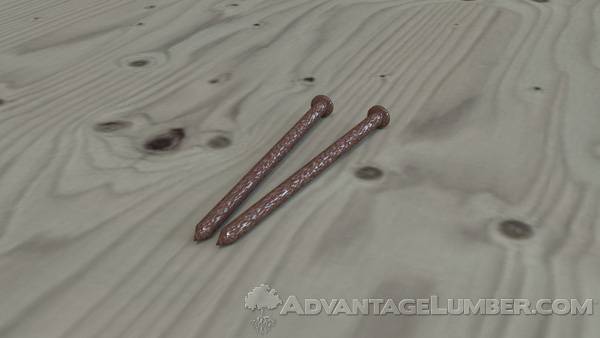
I have a treated old deck that is graying and we need a product that will cap each board and still leave the gaps for air circulation. Is there a decking that will work for us?
Thanks for consideration to our problem!
Carol James
Hi Carol,
Unfortunately we don’t specialize in pressure treated decking. As far as capping each board there are products out on the market that claim to add a thick layer at the top to create a protective barrier but we haven’t tested them out or would recommend it.
Contacting a local deck professional may give you the best option for your situation.
-G. Alves